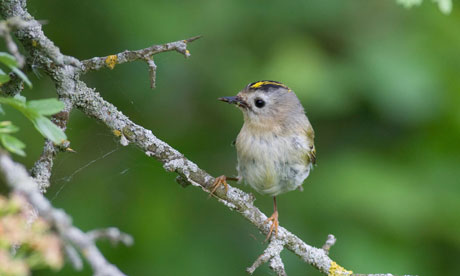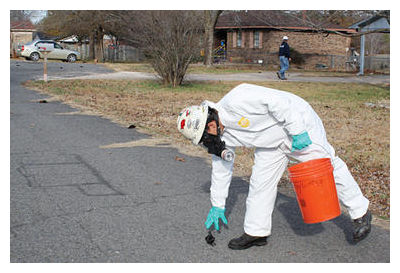
© Sentinel FileA female otter floats on her back with her pup resting on her belly in Elkhorn Slough. A recent study shows otters are on the decline along the Central Coast.
2010 was a hard year for Central Coast otters.
A preliminary report from the U.S. Geological Survey shows that 304 otters were found dead along the coast between Half Moon Bay and Santa Barbara, according to the Monterey-based Otter Project.
When compared to the total spring count of 2,700 otters, 11.2 percent dead may not seem catastrophic, especially when compared to the 8 percent found dead in 2009. However, the jump from 232 dead otters in 2009 to 304 in 2010, makes scientists concerned for the species.
"Young pups and females died this year; if pups are dying, you have no future, and if females are dying you have no reproductive future," said Steve Shimek, chief executive of the Otter Project. "This suggests that we don't have a trend that will turn around too easily."
Though there was a peak of more than 3,000 otters in 2007 and there are a variety of causes for their death, what's unusual to Shimek is the number dying from disease.



Comment: It's difficult to see what the RSPB is getting excited about, given that the organisation warned last week that populations of wild birds in the UK have registered an alarming 24% decline in recent decades.